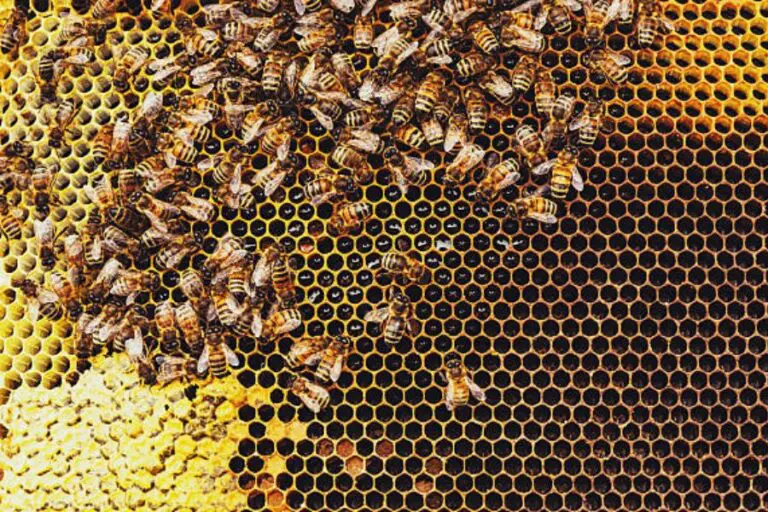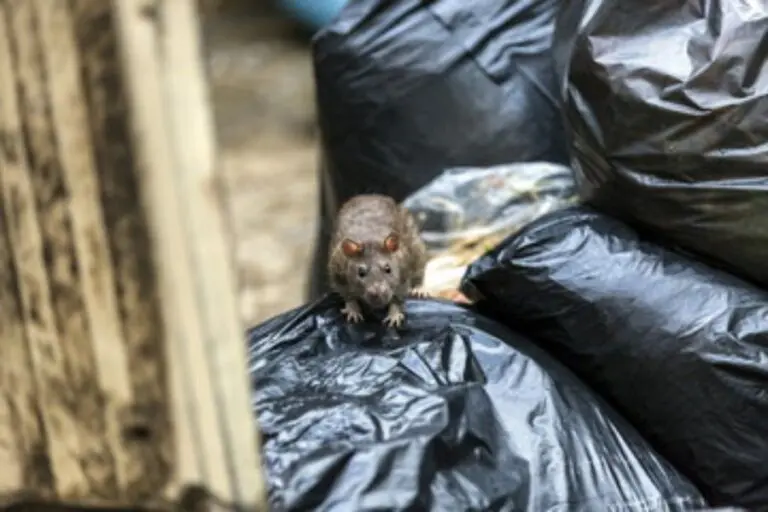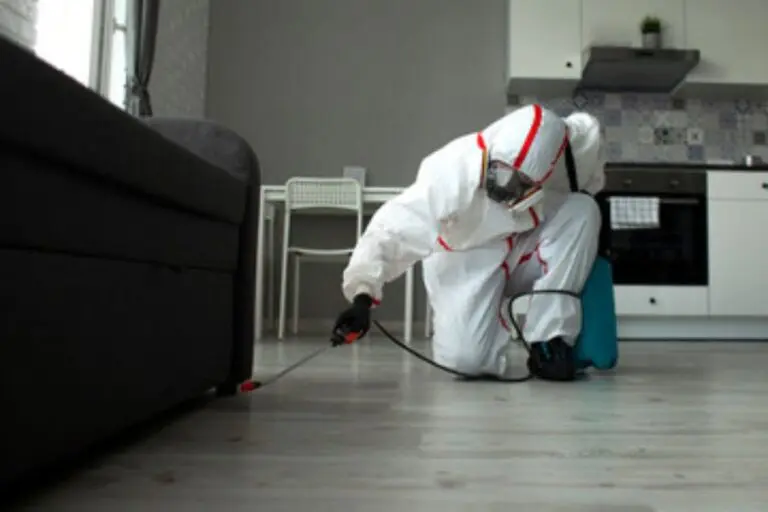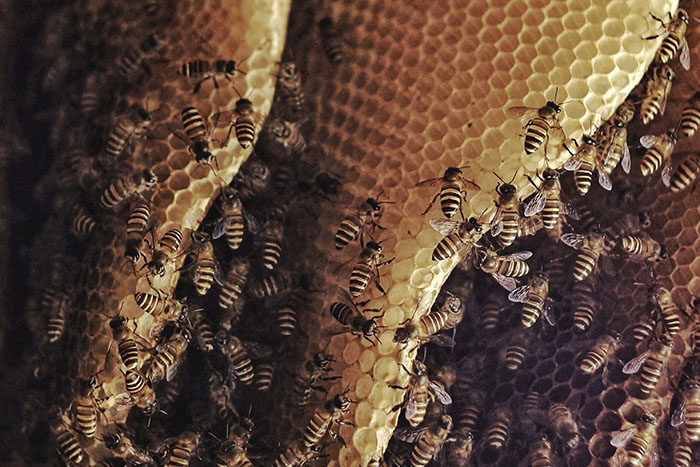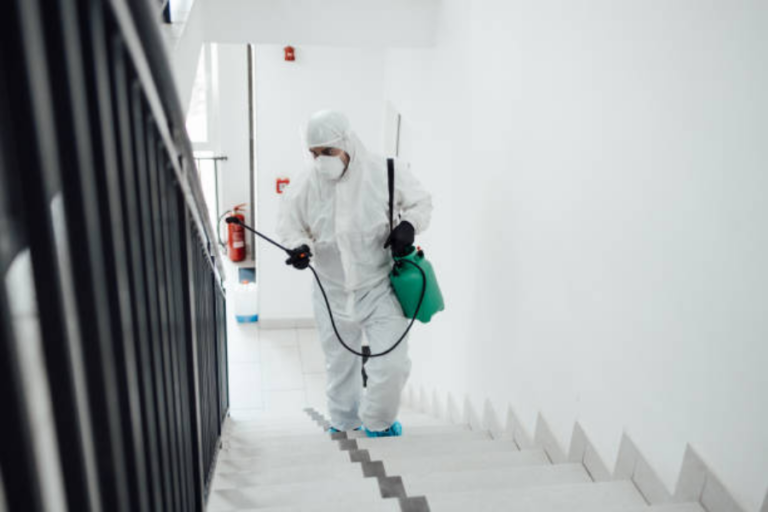Preparing for Bedbug Fumigation: A Complete Guide to Success

Bedbug infestations are notoriously challenging and can be highly stressful for homeowners. These pests, known for their resilience, can hide in the tiniest spaces, from mattress seams to electrical outlets. Their small size and rapid reproduction make them especially difficult to eliminate. A single female bedbug can lay up to 500 eggs over her lifetime. Given these facts, bedbug fumigation, often necessitated by their resilience, is crucial for total eradication. This comprehensive guide covers everything you need to know about bedbug fumigation, from the preparation process to the essential steps to follow after the treatment and effective long-term prevention measures.
Understanding Bedbug Fumigation: What It Involves
Fumigation is a bedbug treatment process where pest control professionals use specific chemicals in gaseous form to eliminate bedbugs in their hiding places. Unlike traditional insecticides, fumigants can penetrate deep into areas difficult to reach with sprays and powders, such as inside walls, behind baseboards, and furniture cushions. This makes fumigation one of the most effective bedbug eradication methods, especially for severe infestations.
However, successful fumigation requires careful preparation and thorough post-treatment care. Bedbugs have different life stages, including eggs, nymphs, and adults. Fumigation kills bedbugs at all stages, so multiple treatments are often necessary to ensure complete elimination. This thorough approach ensures that no bedbug is left behind.
Essential Preparations Before Bedbug Fumigation
Preparing your home thoroughly is crucial for successful bedbug fumigation. This comprehensive preparation ensures that the fumigant can reach every possible hiding spot, maximising the treatment’s effectiveness. Here are the essential steps:
Clear and Declutter: Remove all personal items, clutter, and excess belongings from the fumigation area. Clutter creates hiding spots for bedbugs; reducing it will make the treatment more effective.
Empty Closets and Drawers: Take out all clothing, linens, and other fabric items from closets, drawers, and cabinets. Launder them in hot water and dry them on high heat, as the high temperatures will kill any bedbugs or eggs.
Store and Seal Food Items: Place all food items, cookware, and utensils in airtight plastic bags or remove them from the premises. This prevents exposure to the fumigant and ensures food safety.
Prepare Your Pets and Plants: Arrange temporary accommodation for pets, as they should not be present during fumigation. Likewise, move all houseplants out of the home, as fumigants can damage plant life.
Clearing Personal Items and Organising the Space
Personal items such as books, electronics, and small household objects need special care during fumigation. Any items that can be moved should be removed from the space or stored in sealed plastic bags. This will simplify the bedbug fumigation process and prevent bedbugs from hiding in your belongings and reintroducing an infestation.
Bag Personal Items: Clothes, toys, bedding, and other personal items should be sealed in airtight plastic bags. Properly sealed bags can be left inside the house, as the fumigant will not penetrate closed bags.
Cover Electronics with Plastic: Electronics can usually remain in place but should be covered to protect them from the fumigant. Use plastic covers or sealable bags for televisions, laptops, and other electronics.
Why Multiple Fumigation Treatments Are Necessary
Bedbug fumigation often requires multiple visits, typically spaced 7 to 10 days apart. The reason for these repeated treatments lies in bedbugs’ lifecycle. Bedbug eggs are challenging to destroy entirely because they are resilient and protected by an outer shell that reduces exposure to fumigants.
Addressing Different Life Stages: Fumigation aims to kill bedbugs at all life stages, but eggs may require additional treatments for total elimination.
Ensuring Complete Eradication: Multiple treatments help to catch any newly hatched bedbugs that were previously eggs, breaking the life cycle and preventing a recurrence.

How to Treat Linens and Clothing
Linens and clothing are high-risk items for harbouring bedbugs, as bedbugs frequently hide in fabric folds and seams. Properly treating these items is essential:
Wash in Hot Water: Wash all fabric items in hot water, as the heat will kill bedbugs at all life stages. After washing, place the items in a dryer on high heat for at least 30 minutes.
Bag and Seal: After laundering, store fabrics in airtight plastic bags. This prevents re-infestation and keeps items protected until the treatment is complete.
Setting Up for Fumigation: Furniture and Mattresses
Proper furniture and mattress arrangement are vital for effective fumigation. Moving items in specific ways can allow fumigants to reach hidden spaces where bedbugs may be hiding.
Mattresses: Strip the bed of all sheets and covers and stand the mattress on its side if possible. This allows the fumigant to cover all sides evenly.
Furniture: Pull furniture slightly away from walls to allow for better fumigant penetration. Arrange chairs, sofas, and tables to maximise open surface exposure.
Headboards and Bed Frames: If possible, detach headboards and lean them against a wall, allowing thorough fumigant coverage.
Safe Removal and Handling of Electronics and Other Sensitive Items
Electronics and other sensitive items require careful handling during fumigation to avoid damage and protect from bedbugs:
Cover with Plastic or Remove: Place electronics such as laptops, gaming consoles, and televisions in plastic covers. This prevents unintended exposure to the fumigant while ensuring that all areas around these items are treated.
Inspect and Clean After Treatment: After fumigation, wipe down any electronics and check for signs of bedbug activity before returning them to regular use.
What to Expect from a Professional Bedbug Fumigation Service
Professional bedbug fumigation services have the knowledge, experience, and resources to conduct a thorough and safe treatment. Here’s what to expect:
Initial Inspection: A professional inspection will identify bedbug hotspots and assess the infestation’s severity, helping customise the fumigation plan.
Treatment Process: Technicians will prepare your home and apply fumigants that penetrate all areas where bedbugs might be hiding. Most treatments take a few hours, depending on the infestation level and home size.
Follow-Up Inspections: Expect follow-up visits to assess treatment success and identify any areas requiring further attention. Based on their inspection, technicians will recommend a specific number of treatments.
Understanding the potential pitfalls and how to avoid them can significantly improve the success of your bedbug fumigation. This section will highlight common mistakes homeowners make during fumigation and provide tips on preventing them, ensuring a smooth and effective treatment process. It’s critical to remove all pets, including fish, reptiles, and other animals, from the premises during fumigation. Family members should also stay out of the treated areas for at least three hours following treatment to avoid chemical exposure.
Leave Windows Open: Proper ventilation is essential for post-treatment air quality—open windows to allow fumes to dissipate and improve air circulation before re-entering.
Wait for Clearance: Follow the pest control provider’s guidance on when it’s safe to return to the premises. Generally, 3 to 5 hours is sufficient, but it’s always wise to consult the professionals for specific recommendations.
Post-Fumigation: Cleaning and Preventing Re-infestation
Once fumigation is complete, avoid heavy cleaning to allow residual chemicals to continue working on any remaining bedbugs. Here’s what to do:
Hold Off on Vacuuming: To allow the insecticide to remain effective, avoid vacuuming for at least five days after fumigation.
Wipe Down Surfaces: Clean surfaces in non-treated areas to maintain cleanliness without disturbing the treatment. Focus on dusting and wiping down surfaces that are not involved in the treatment.

Understanding Bedbug Life Cycles and Treatment Effectiveness
Bedbugs go through multiple life stages, and each stage requires targeted treatment. Knowing the life cycle can help you understand why numerous treatments may be needed.
Eggs: Bedbug eggs are resistant to many treatments, so they require multiple treatments to ensure they hatch and then are eliminated.
Nymphs and adults are more susceptible to treatments, so they are the primary targets during initial fumigations, which remove most of the infestation.
Professional Bedbug Treatment Methods Explained
Professionals use various treatment options to eliminate bedbugs effectively, each with its advantages:
Fumigation: Uses gases to penetrate all areas of the home and target hidden bedbugs.
Wet Spray: Insecticides applied in a liquid form directly on infested areas for targeted treatment.
Gel Monitoring Pads: Placed strategically, these pads monitor and trap bedbugs to assess treatment success.
Signs of Bedbug Presence After Treatment: What to Monitor
After fumigation, bedbug activity should decrease. Monitor for any signs that may indicate residual bedbug presence:
Bites or Stains on Bedding: Check for trim, rust-coloured spots or new bites, which may suggest that some bedbugs remain.
Trapped Bedbugs in Monitoring Pads: If monitoring pads show bedbug activity, notify the pest control service for further action.
Regular Inspections and Preventative Measures Post-Fumigation
Preventative measures are vital to keeping your home bedbug-free after treatment. Simple, consistent efforts can make a big difference.
Inspect Second-Hand Items: Bedbugs often enter homes through used furniture or clothing, so inspect them before bringing them inside.
Protect Mattresses: Use encasements to prevent bedbugs from hiding in mattresses.
Vacuum Regularly: Keeping floors and furniture clean can remove any eggs or bedbugs that may have survived.
Bedbug fumigation requires thorough preparation, repeated treatments, and diligent aftercare. By following these steps and working closely with professional pest control, you can ensure a successful outcome, eliminating bedbugs and preventing future infestations.
